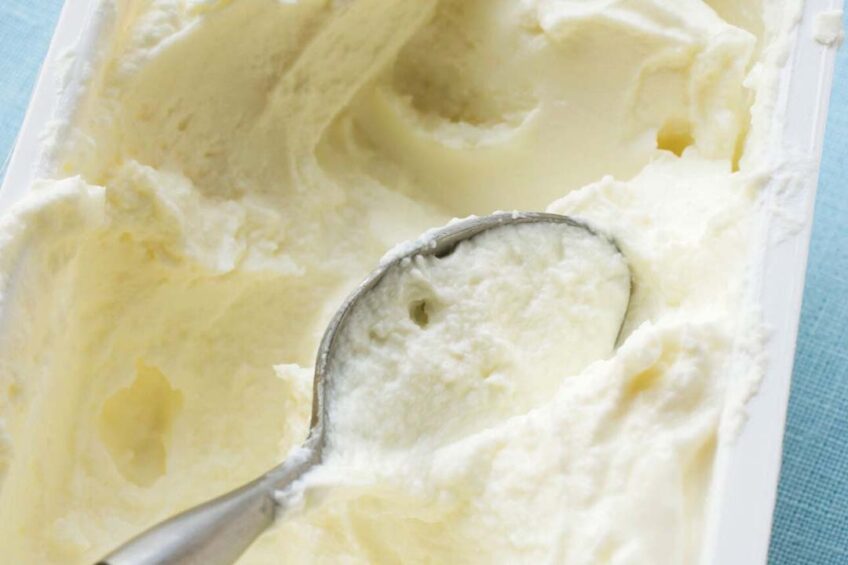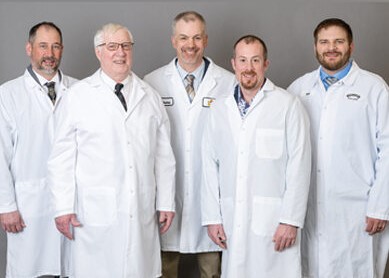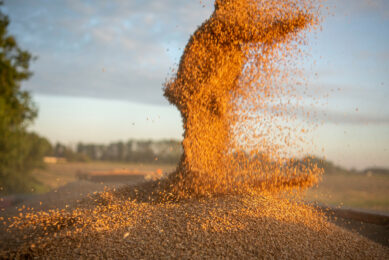Milk production and consumption in the US

In the US and many other countries, milk consumption has dropped over time due to the availability of alternative dairy products, changing demographics and other factors. Americans drink 47% less milk today than they did in 1975, according to USA Facts, a company that analyses US Department of Agriculture data.
At the same time, however, milk production in the US has increased by a whopping 96% since 1975, reaching an all-time high of 26.4 billion gallons in 2023. This is partially due to increased exports, but also components of milk being used in a growing number of convenience products, from pasta mixes to candy and ready-to-make desserts.
To keep US milk production high, the industry is doing its best to popularise other dairy products besides milk, including those new to US consumers – and exploring other industries besides food as well.
The Center for Dairy Research (CDR), based at the University of Wisconsin-Madison, has just announced new initiatives.
Building excitement for new cheese
The CDR is supporting the large-scale introduction of ‘Quark’ in the US, with the belief that this type of cheese could find significant demand. Across Europe, these cheeses are very popular (known as Quark in Germany and other countries, Topfen in Austria, and Tvorog in eastern Europe) in sweet and savour foods, but at this point in the US, Quark is virtually unknown.
“Ultimately, education is needed,” Dean Sommer, CDR food and cheese technologist, recently noted, but Quark must also be marketed by more companies. CDR is now offering equipment and staff expertise support to help dairy processors develop a Quark cheese.
Master Cheesemakers

To support a vibrant US cheese market, the CDR and other organisations continue to support the Wisconsin Master Cheesemaker programme. It has been running since 1997 and the class of 2024 will be honoured on 18 April.
The CDR states: “It is the only of its kind in the US and continues to move the industry forward while preserving traditions.” Every year, the programme graduates over 100, and the class expands every year.
New uses for ‘waste’ milk components
The CDR also just received a ‘Build to Scale’ (B2S) grant from the US Department of Commerce, the only organisation in the food industry to do so. The grant will “support inventors, entrepreneurs, and businesses that are developing methods to utilise dairy co-products, like permeate and acid whey, and convert them into higher-value products” like novel food ingredients, but also bioplastics, organic acids and more.
The grant award is US$1.2 million (€1.1 million), but over 25 partner organisations have matched this amount with cash or in-kind support.
Waste not, want not
The dairy industry produces large volumes of dairy co-products that often are disposed of or go to pig feed. New and emerging technologies hold the key to changing that forever.
“The B2S grant programme will allow CDR to select innovative technologies from anywhere in the US that are ready to be scaled up,” states the organisation. “Successful applicants will bring their promising technologies to CDR’s world-class pilot plant where they will have access to equipment and staff expertise.”
CDR director, Dr John Lucey, stresses the important of trying to use every drop of milk for high-value applications. “Remaining co-product materials like whey could be the starting material for a completely new industry, such as the production of green chemicals,” he says.
Join 13,000+ subscribers
Subscribe to our newsletter to stay updated about all the need-to-know content in the dairy sector, two times a week.










